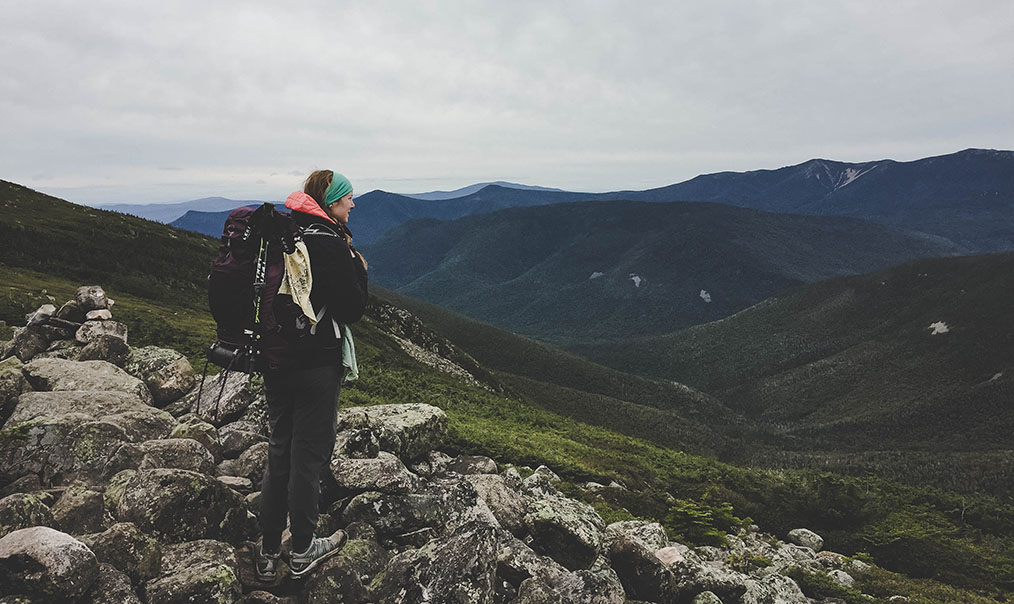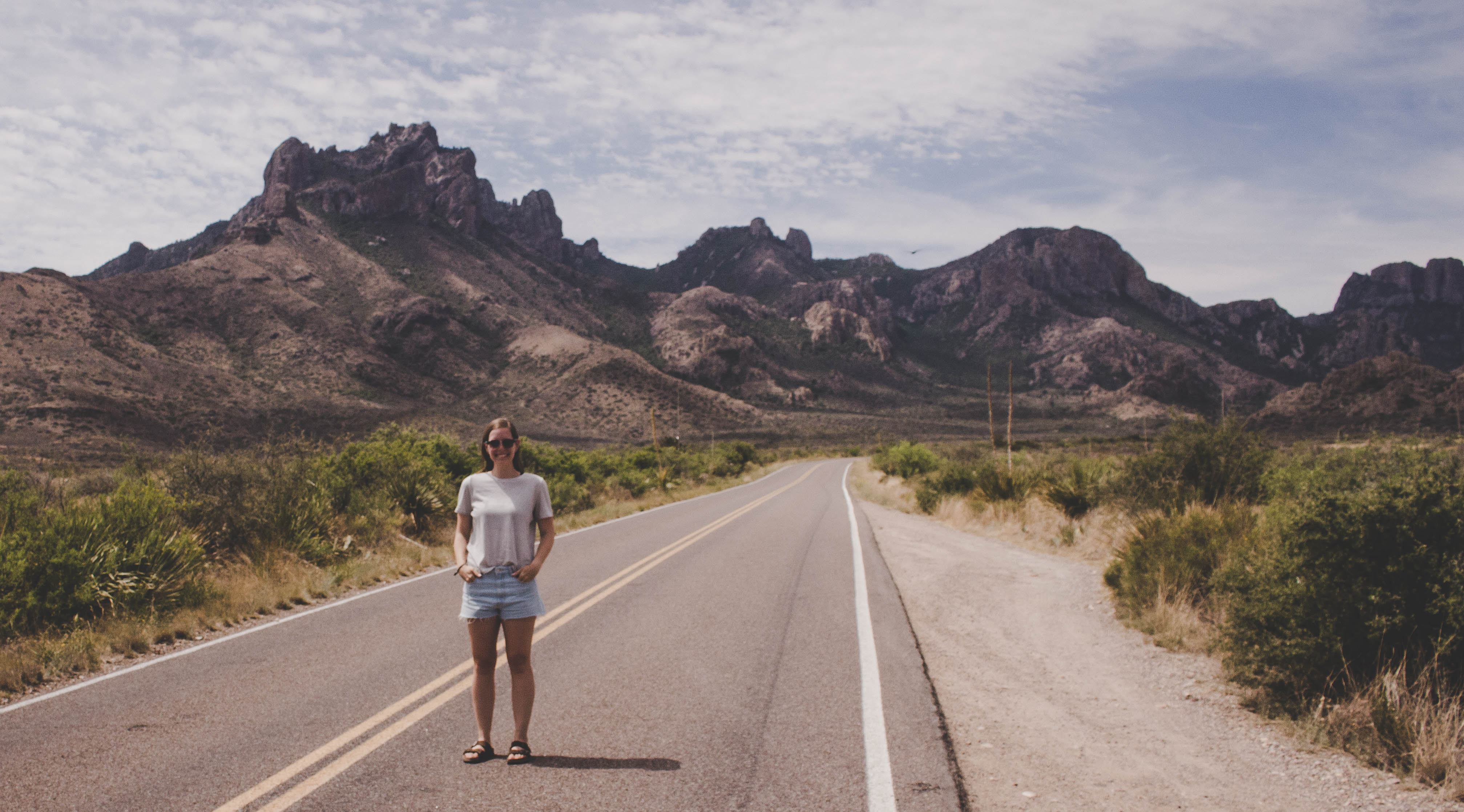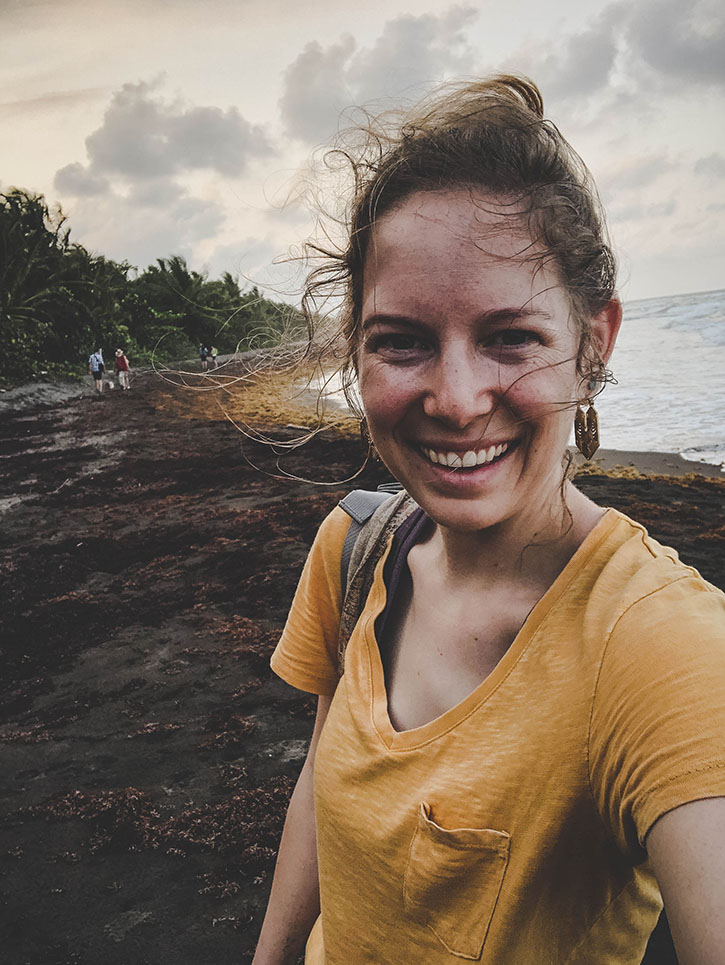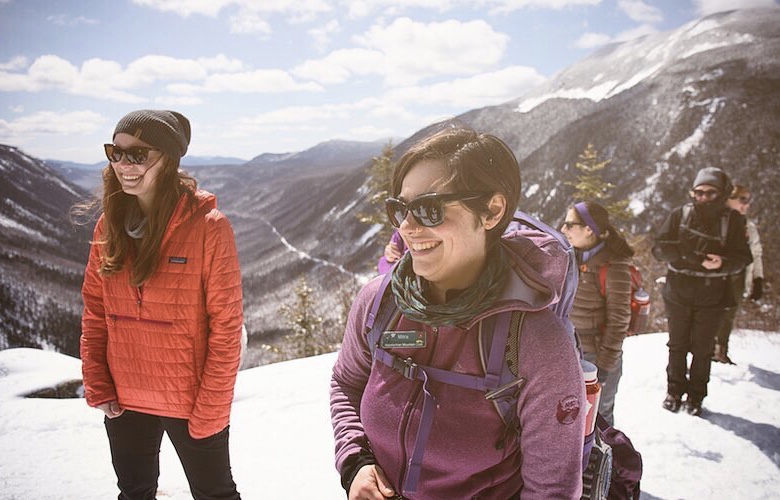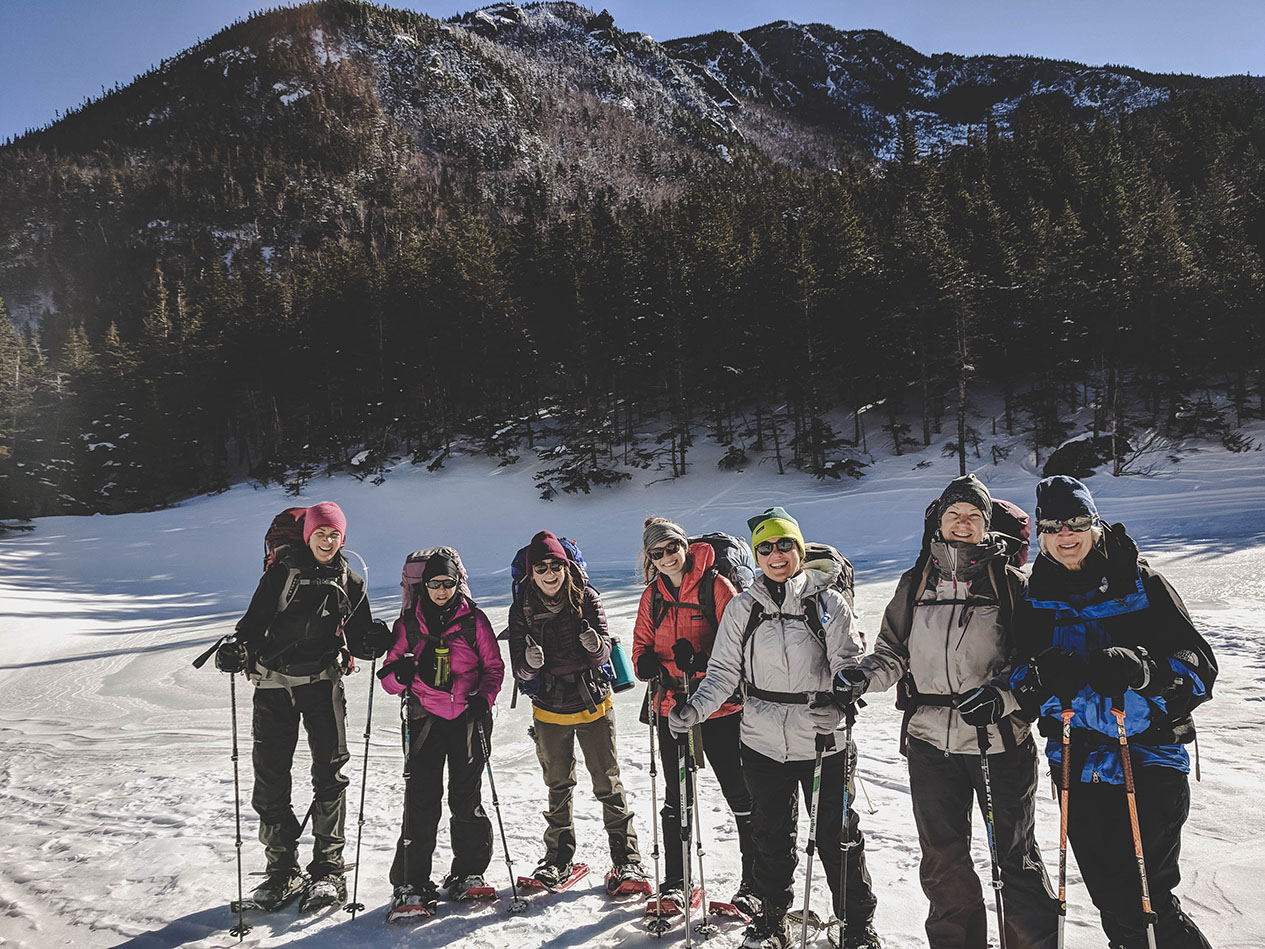Hiking Alone as a Woman
Solo hiking in the wilderness can intimidate anyone. If you get lost or injure yourself, help could be hours, or even days away. If you find yourself underprepared in bad weather, there’s no one to turn to for extra gear or shelter. But for female hikers, there are often additional mental hurdles to overcome on the trail.
Most women are taught that being alone is unsafe. From an early age, we are encouraged to travel in groups and stay in well-lit and well-trafficked places. We quickly learn that walking on the street by ourselves can attract unwanted comments or behavior from men. But dangers of the city are less prevalent in the backcountry.
Solo hiking in the wilderness can intimidate anyone. If you get lost or injure yourself, help could be hours, or even days away. But for female hikers, there are often additional mental hurdles to overcome on the trail.
AMC Wilderness Guide Emily Davenport hopes to inspire more female hikers to get outdoors on their own. “It’s an interesting perspective that being on your own, as a woman, is a very vulnerable thing,” said Davenport. “Women may perceive themselves as being less then they really are, but they don’t have any disadvantage to men. There’s a risk for anyone going out in the woods alone.”
Although Davenport admits that for other female solo backpackers, personal safety remains a concern. “I’ve seen more and more women going out alone. They’re totally capable, but there is a fear,” she said. “I think it’s getting better, but there still is an intimidation. I had a friend who was freaked out by someone at a shelter once. She just kept hiking. Another friend of mine hikes with a knife visible on her belt, and someone else I know hikes with bear spray, not necessarily for the bears.”
Davenport has faced her share of scrutiny from others while traveling alone in the outdoors. “As an AMC hut crew member, I would get a lot of comments from hikers while I was packing in supplies like, ‘Oh, you’re out here by yourself,’ whereas they wouldn’t make similar comments to my male counterparts,” she recalled. “The most pushback I got was when I wanted to do a week-long backpacking trip in Big Bend National Park by myself. My dad was like ‘Oh my gosh, no, you can’t.’ I’ve definitely had to deal with family concern. I’m a big planner, so I’ll give my plan to my parents and other people who might be worried, and I think that helps.”
For Davenport, preparation and self-confidence have been critical in addressing fears before embarking on a solo trip in the wilderness.
For Davenport, preparation and self-confidence have been critical in addressing fears before embarking on a solo trip in the wilderness. “My starting point is the more knowledge I have, the more comfortable I feel out there. If I feel confident about being prepared for a backpacking trip and feel confident in the skills I have, then I’m not worried. And it’s also important to keep in mind that plans can change. That’s the good thing about going out alone: you don’t have to be set on a certain agenda. If you feel unsure, you can just turn around and there’s no shame in that.”
“We’ve had program participants and strangers comment about how great it is for their daughters to see female guides out on the trail.”
Davenport has also found that her AMC co-workers have helped motivate each other, as well as other hikers, to get out of their comfort zones in the backcountry. “We’ve had program participants and strangers comment about how great it is for their daughters to see female guides out on the trail. Here at AMC in the North Country, there are a lot of strong, experienced women. They will do trail work or be a caretaker and be out alone a lot. It’s never assumed that you’re lesser than. It’s an empowering environment,” she said. “A lot of my male co-workers are also really supportive and give you the space to be an equal.”
For female hikers trying to build their confidence in the outdoors, Davenport urges starting small. “Start with a day hike and then think about working your way up to staying at an overnight shelter with a caretaker and water. Just take small steps. You don’t need to jump into a full AT thru-hike,” she said. “One of the more intimidating things is the skill set that is needed for outdoor trips. Trying to figure out how to learn setting up a tent, cooking, backpacking, can be hard. But looking around in your community for opportunities to learn these things can be really helpful. At AMC, we teach some of these skills through our volunteer and guided programs.”
“Start with a day hike and then think about working your way up to staying at an overnight shelter with a caretaker and water. Just take small steps. You don’t need to jump into a full AT thru-hike”
For the past 5 years, Davenport has been guiding groups on outdoor adventures in the White Mountains. Throughout this time, she has found that her female participants tend to feel more comfortable trying new outdoor skills with other women. “The women’s only programs are great because everyone is supportive. We like to create a comfortable environment where others don’t feel pressured or stressed out about doing well. It’s not like on coed programs we have awful men! Those trips are welcoming too, but the atmosphere is just different.”
“The women’s only programs are great because everyone is supportive. We like to create a comfortable environment where others don’t feel pressured or stressed out about doing well.”
“In the women’s groups there is a better community to fail in. It just seems like a more open environment for them to push their boundaries a little and not feel judged,” Davenport explained. “It’s a good feeling when people come back and say ‘Wow, I love this and I feel empowered to get outside on my own.’ That’s our goal.”





